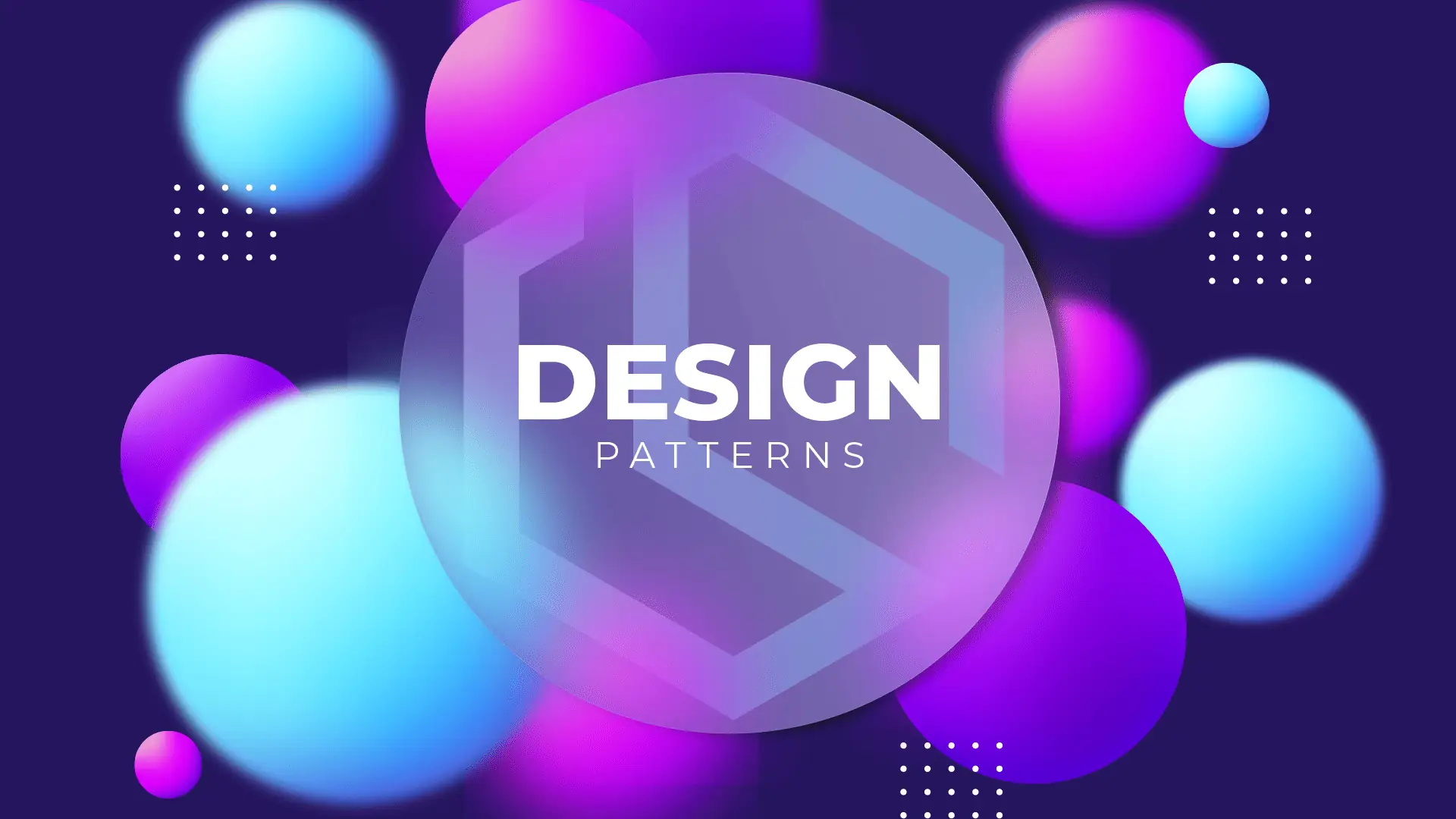Building a Successful Data Quality Program

Assessing Data Quality often includes establishing a standard of acceptable Data Quality, using data profiling and analysis techniques, and using statistical methods to identify and correct any Data Quality issues. The key features (often called “dimensions”) that should be examined and measured are: Completeness:- Data should not be missing or have incomplete values. Uniqueness:- Locate and eliminate copies to ensure the information in the organization’s data files is free of duplication. Validity:- This refers to how useful the data is, and how well the data conforms to the organization’s standards. Timeliness:- Old information that is often no longer true or accurate needs to be removed. Data can be measured using its relevance and freshness. Out-of-date data should be eliminated, so as not to cause confusion. Accuracy:- This is the precision of data, and how accurately it represents the real-world information. Consistency:- When data is copied, the information should be consistent and accurate. The need for a single source of accurate in-house data provides a good argument for the use of master data and its best practices.
Building brand trust in a new era of data privacy
Emily emphasized the importance of anonymizing data to utilize it in aggregate
without compromising individual privacy, a task that requires close
collaboration between technical and marketing departments. Anita introduced the
intriguing concept of a Chief Trust Officer, a role highlighted by Deloitte,
which spans data, business, and marketing, safeguarding all aspects of
compliance and privacy. The idea of having such a partner resonated with her,
underlining the multifaceted nature of trust in business operations. Jake echoed
the sentiment, stressing the need for understanding the types of data at hand
and leveraging them without violating regulations - a balance that is critical
yet challenging to achieve. These insights from the panelists underscore a
common theme: building brand trust in the digital age is a multifaceted
challenge that requires a blend of transparency, consistency, and compliance. As
we continue to delve into this topic, it's clear that the role of data privacy
is not just a technical issue but a cornerstone of the customer-brand
relationship.
How Does Technical Debt Affect QA Testers

How many times have your testers been caught off guard at the last minute when the delivery manager abruptly appeared and said, “Guys, we need to launch our product in a week, and we are very sorry for not communicating this sooner? Please complete all test tasks ASAP so that we can begin the demo.” Simply put, any missing tests or “fix it later” attitude can result in a tech debt problem. Lack of test coverage, excessive user stories, short sprints, and other forms of “cutting corners” due to time constraints all contribute significantly to the building of technical debt in QA practice. When the complexity of the testing mesh began to grow with each new sprint, a US-based online retailer with a strong presence across various websites and mobile apps found itself in a real-world “technical debt” dilemma. ... Most QA managers mistakenly believe that tech debt is a legitimate result of putting all of your work on the current sprint alone, which leads to completing test coverage manually and completely ignoring automation. According to agile principles, we should see the tech debt problem as an inability to maintain and meet QA benchmarks.
How digital twins will enable the next generation of precision agriculture
Digital twins are digital representations of physical objects, people or
processes. They aid decision-making through high-fidelity simulations of the
twinned physical system in real time and are often equipped with autonomous
control capabilities. In precision agriculture, digital twins are typically used
for monitoring and controlling environmental conditions to stimulate crop growth
at an optimal and sustainable rate. Digital twins provide a live dashboard to
observe the environmental conditions in the growing area, and with varying
autonomy, digital twins can control the environment directly. ... Agriculture is
among the lowest-digitalized sectors, and digital maturity is an absolute
prerequisite to adopting digital twins. As a consequence, costs related to
digital maturity often overshadow technical costs in smart agriculture. A
company undergoing the early stages of digitalization will have to think about
choosing a cloud provider, establishing a data strategy and acquiring an array
of software licences, to name just a few critical challenges.
What are Software Design Patterns?

Software design patterns are an essential aspect of software development that
helps developers and engineers create reusable and scalable code. These patterns
provide solutions to commonly occurring problems in software design, enabling
developers to solve these problems efficiently and effectively. In essence, a
software design pattern is a general solution to a recurring problem in software
design that has been proven to be effective. It's like a blueprint for a
specific type of problem that developers can use to create software systems that
are reliable, maintainable, and scalable. Software design patterns have been
around for a long time and are widely used in the software development industry.
They are considered to be a best practice in software design because they
provide a standardized approach to solving common problems, making it easier for
developers to communicate and collaborate with one another. In this blog, we
will explore what software design patterns are, the different types of software
design patterns, and the benefits of using them in software
development.
Examples of The Observer Pattern in C# – How to Simplify Event Management
The observer pattern is an essential software design pattern used in
event-driven programming and user interface development. It is composed of three
primary elements: the subject, observer, and concrete observers. The subject
class is responsible for keeping track of the observer objects and notifying
them of changes in the subject’s state. On the other hand, the observer is the
object that wishes to be notified when the state of the subject changes.
Finally, the concrete observer is an implementation of the observer interface.
One of the observer pattern’s significant advantages is its capability to
facilitate efficient event management in software development. By leveraging
this ability, developers can trigger related events without the need for tightly
coupling the pieces of code leading to the events. The observer pattern also
ensures that the code continues to be free from changes that would cause a
ripple effect or the chain reaction of changes. The observer pattern’s primary
components are the Subject, Observer, and Concrete Observer. The subject defines
the interface for attaching and detaching observers from the subject
object.
Cloud Computing: A Comprehensive Guide to Trends and Strategies

As a company moves to the cloud, they reduce the number of servers and other
hardware their IT department has to maintain. Cloud computing efficiently uses
today’s powerful processors, fast networks, and massive amounts of storage.
Cloud virtual machines allow businesses to run multiple servers on one physical
machine. Containers take that concept a step further. Containers are a
lightweight form of virtualization that packages applications and their
dependencies in a portable manner. This means that if, for instance, a company
wants to run a web server, they no longer have to devote physical or virtual
machines to host the server software. A container with only the needed bits runs
in the cloud, appearing to the outside world as if it were its dedicated
machine. Many containers can run in the same cloud instance for maximum
efficiency. This approach is sometimes called serverless computing or Function
as a Service (FaaS). The application-level isolation inherent in serverless
computing restricts the attack surface that attackers can exploit.
Judges Urged To Stay Abreast Of Electronic Tools
The Cyber Security Authority (CSA), with funding support from the European
Commission Technical Assistance and Information Exchange (TAIEX) Instrument is
undertaking a series of workshops across Ghana to enhance the capacity of the
judiciary and prosecutors regarding cybercrime and electronic evidence as a
decisive factor in contributing to the rule of law. Expressing excitement about
the training, the Chief Justice said e-commerce, e-trade, e-contracts, and
intellectual property rights, among others, were now being conducted virtually,
and the expertise of judges in these new trends was a prerequisite for the
efficient trial of cyber-related cases, particularly in the gathering of
electronic data. “Judges must develop new working skills by staying abreast of
the digital space. You must develop leadership skills in this arena if you want
to remain relevant in the system,” she stressed. Albert Antwi-Boasiako, stated
that the major regulatory activity being undertaken by the Authority to license
cybersecurity service providers and accredit cybersecurity establishments and
professionals was tailored to support the training of the judges.
Candy Alexander Explains Why Bandwidth and Security are Both in High Demand

It became painfully clear to everyone that the primary component for
productivity depended on bandwidth. The increased bandwidth of networks has
become the primary factor of success; whether you're a business just looking to
ensure the productivity of your remote workers or provide a cloud service,
throughput is everything. And with that, the world has expanded ubiquitous
access and high availability of networks. In today's digital world, businesses
of all sizes rely on data. That data is used to make decisions, operate
efficiently, and serve customers. Data is essential for everything, from product
to development, marketing, and customer support. However, with the rise of
remote work and cloud computing, it has become more challenging to ensure that
the data is always accessible and secure. The application of cybersecurity's
golden triad of confidentiality, integrity, and availability is now focused on
data rather than the on-premises systems and networks. Again, it's data that has
become more important than ever before.
Why Departments Hoard Data—and How to Get Them to Share

"Data hoarding within organizations can be attributed to a combination of
cultural, operational and psychological factors," said Jon Morgan, CEO and
editor-in-chief of Venture Smarter, a consulting firm in San Francisco. "When
departments view data as a source of power or control, they are less inclined to
share it with others, fearing that it might diminish their influence."
Operational inefficiencies can also lead to data hoarding. "If access to data is
cumbersome or time-consuming, employees may be less motivated to share it,
preferring to keep it close for their own convenience," Morgan said. In
addition, "psychological factors like fear of criticism or a desire to protect
one's domain can also drive data hoarding." Employees may worry that sharing
data will expose their mistakes or weaknesses, leading to a reluctance to
collaborate, he said. Jace McLean, senior director of strategic architecture at
Domo, a data platform based in American Fork, Utah, said he believes that
cultural factors are the most important lever to use in changing data-hoarding
habits.
Quote for the day:
"If you don't demonstrate leadership
character, your skills and your results will be discounted, if not dismissed."
-- Mark Miller
No comments:
Post a Comment